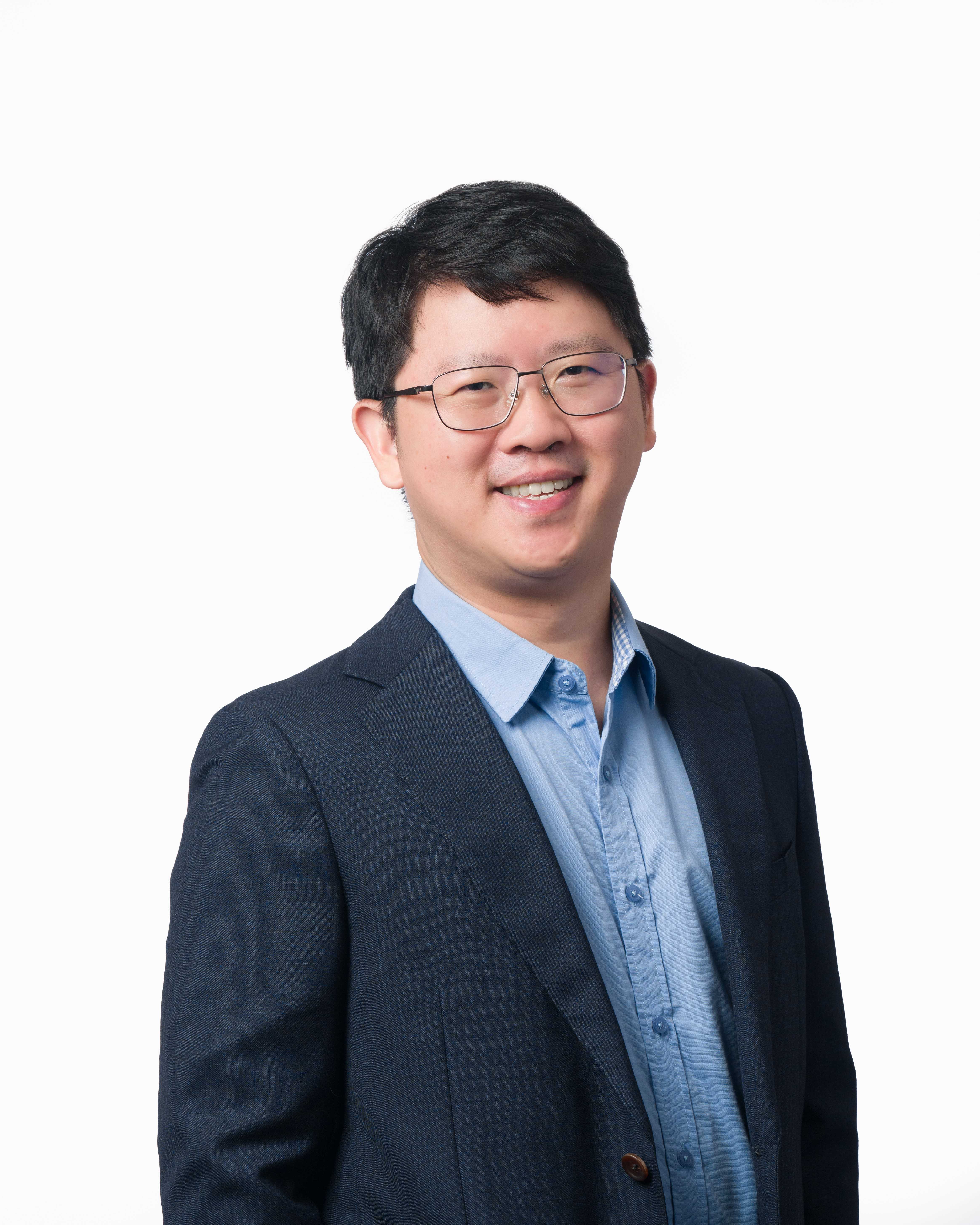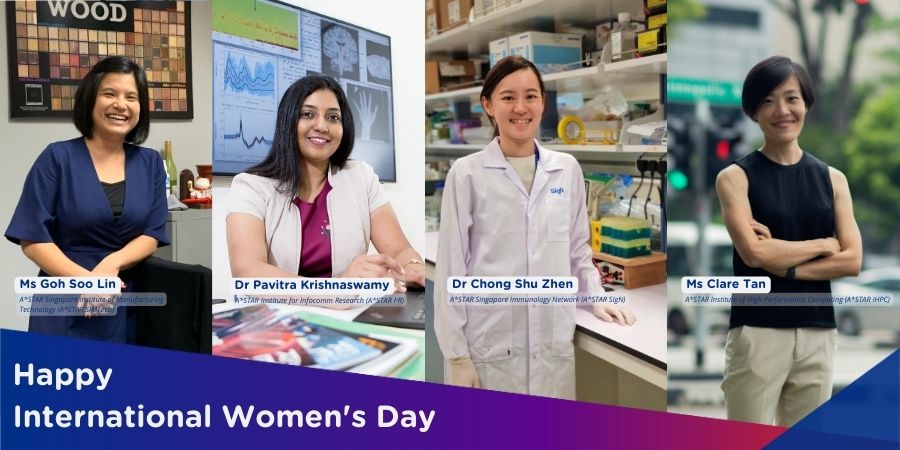Lee Yin Loon

Dr Lee Yin Loon
Group Leader
Email: yinloon_lee@asrl.a-star.edu.sg
Research themes: Mechanobiology of disease, cytoskeleton, nuclear-cytoskeleton interactions, gene therapy
Biography
Dr Yin Loon Lee co-leads the Laboratory of Cell and Tissue Mechanosignaling at A*STAR Skin Research Labs and is also Co-Principal Investigator and Adjunct Assistant Professor at the Mechanobiology Institute, National University of Singapore. He seeks to understand the molecular basis of mechanotransduction in disease, in hope of developing targeted therapeutics. To this end, he is a co-inventor on several patent applications on mechanobiological approaches to treating disease.
As a postdoctoral fellow with Brian Burke at the A*STAR Institute of Medical Biology and its successor institutions, Yin Loon investigated how microtubule cytoskeleton forces are transmitted to the nucleus via the Linker of Nucleoskeleton and Cytoskeleton (LINC) complex in striated muscle development and disease. He identified a novel molecular mechanism for nuclear positioning during muscle development based on nuclear-localized microtubule organizing centre activity. Yin Loon helped determine that uncoupling the LINC complex from the microtubule cytoskeleton ameliorated pathology arising from mutations in the LMNA gene that encodes the lamin A/C intermediate filament protein. To bring these findings into the clinic, Yin Loon, Brian, Colin Stewart and others co-founded Nuevocor, a biotech company developing a gene therapy for LMNA dilated cardiomyopathy. As Senior Director, Biology, at Nuevocor, Yin Loon led a team that developed patented mechanobiology technologies for the treatment of additional genetic cardiomyopathies.
Yin Loon obtained his PhD from Stanford University in 2014, investigating the function of centriole and cilia proteins and their role in cystic kidney disease with Tim Stearns. At Stanford, he initiated a productive interdisciplinary collaboration with the laboratory of W.E. Moerner, applying STED super-resolution microscopy to studying the nanoscale organization of centriole proteins involved in ciliogenesis using multiciliated tracheal epithelial cells.
Research interests
In homeostasis, certain tissues, including the skin and the striated muscle, experience high mechanical stress. Cellular adaptations to buffer these stresses include increased expression of the nuclear intermediate filament protein, lamin A/C. In pathological conditions, the proper balance of biomechanical forces can be disrupted, even in tissues not usually under high mechanical load. In the skin, barrier function is maintained by elaborate cellular adaptations that are in part biomechanical in nature, such as the formation of the stratum corneum. During skin repair, the production of extracellular matrix by dermal fibroblasts is regulated to maintain skin stiffness, structure and function. This can go awry in aging or disease, leading to aberrant tissue elasticity.
At present, we are focused on studying cellular responses to mechanical stress in the context of fibrosis, the pathological accumulation of extracellular matrix in organs that is associated with increased tissue stiffness. This has implications not only for a range of dermal disorders, such as scarring and scleroderma, but also in potentially fatal diseases in multiple other organs. Ultimately, by investigating the fundamental mechanical basis of disease, we hope to develop molecularly targeted therapeutics.
We maintain an interest in the role of nuclear-cytoskeleton interactions in genetic diseases such as the laminopathies, with an eye on expanding into genetic cardiocutaneous syndromes.
In order to translate fundamental findings into clinical application, we previously utilized adeno-associated virus (AAV) vectors as a gene therapy modality. Depending on the particular disease, we hope to continue developing precision medicines by leveraging the most appropriate drug modality, be it nucleic acid or small molecule therapeutics.
Selected publications
Jun M, Lee YL, Zhou T, Maric M, Burke B, Park S, Low BC, Chiam KH. Subcellular Force Imbalance in Actin Bundles Induces Nuclear Repositioning and Durotaxis. ACS Appl Mater Interfaces. 2023 Sep 20;15(37):43387-43402. doi: 10.1021/acsami.3c07546. PMID: 37674326
Leong EL*, Khaing NT*, Cadot B, Hong WL, Kozlov S, Werner H, Wong ESM, Stewart CL#, Burke B#, Lee YL#. Nesprin-1 LINC complexes recruit microtubule cytoskeleton proteins and drive pathology in Lmna-mutant striated muscle. Hum Mol Genet. 2023 Jan 6;32(2):177-191. doi: 10.1093/hmg/ddac179. PMID: 35925868
Chai RJ*, Werner H*, Li PY, Lee YL, Nyein KT, Solovei I, Luu TDA, Sharma B, Navasankari R, Maric M, Sim LYE, Loh YJ, Aliwarga E, Cheong JWL, Chojnowski A, Autio MI, Haiyang Y, Boon Tan KK, Keng CT, Ng SL, Chew WL, Ferenczi M, Burke B, Foo RSY#, Stewart CL#. Disrupting the LINC complex by AAV mediated gene transduction prevents progression of Lamin induced cardiomyopathy. Nat Commun. 2021 Aug 5;12(1):4722. doi: 10.1038/s41467-021-24849-4. PMID: 34354059
Lee YL, Burke B. LINC complexes and nuclear positioning. Semin Cell Dev Biol. 2018 Oct;82:67-76. doi: 10.1016/j.semcdb.2017.11.008. PMID: 29191370
Gimpel P*, Lee YL*, Sobota RM, Calvi A, Koullourou V, Patel R, Mamchaoui K, Nédélec F, Shackleton S, Schmoranzer J, Burke B, Cadot B#, Gomes ER#. Nesprin-1α-Dependent Microtubule Nucleation from the Nuclear Envelope via Akap450 Is Necessary for Nuclear Positioning in Muscle Cells. Curr Biol. 2017 Oct 9;27(19):2999-3009.e9. doi: 10.1016/j.cub.2017.08.031. PMID: 28966089
A*STAR celebrates International Women's Day

From groundbreaking discoveries to cutting-edge research, our researchers are empowering the next generation of female science, technology, engineering and mathematics (STEM) leaders.
Get inspired by our #WomeninSTEM
